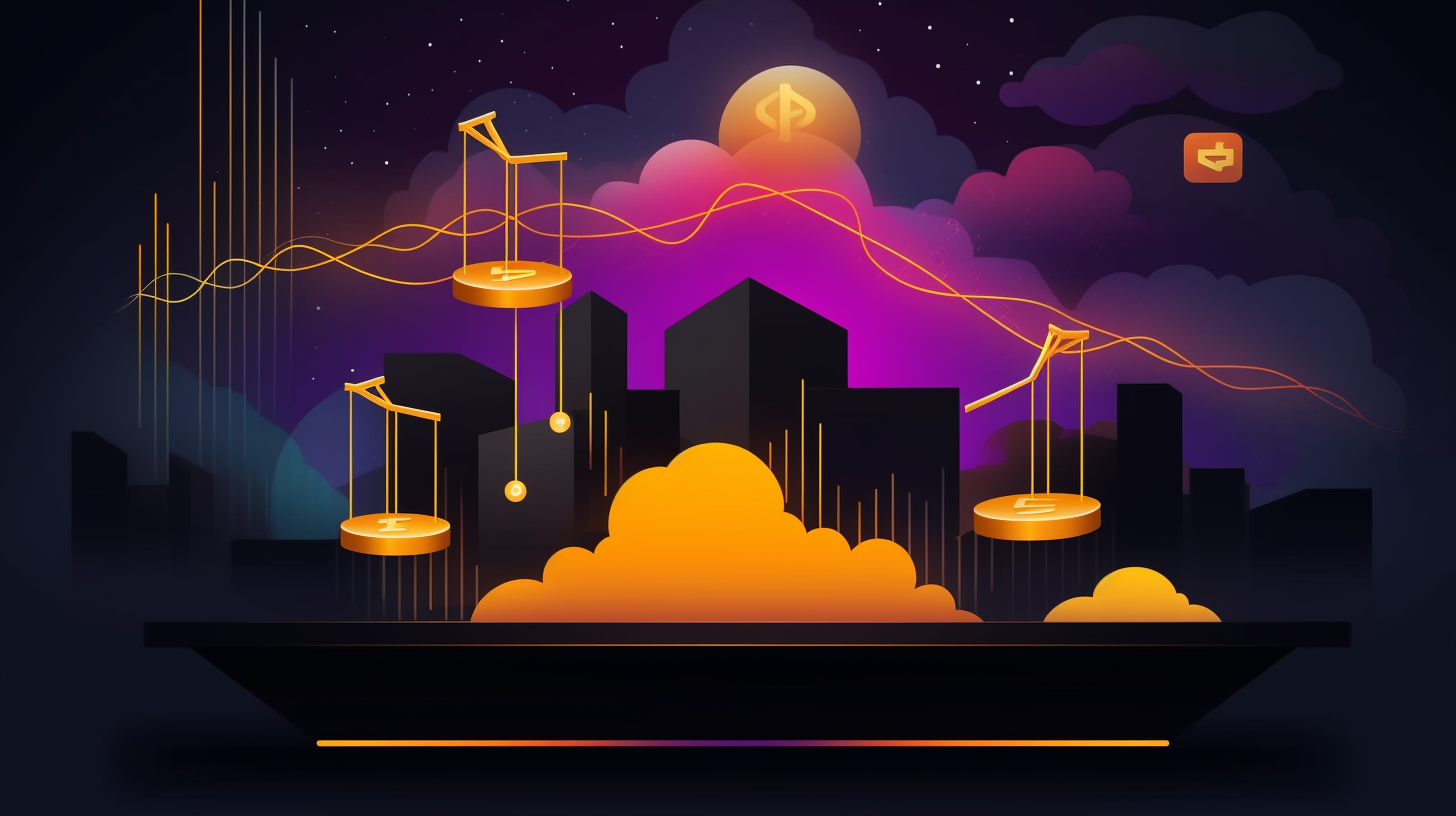Designing Cost-Optimized Compute Solutions for AWS: A Deep Dive

Hey folks, let's talk turkey about designing cost-optimized compute solutions for Amazon Web Services (AWS), one of the hot topics in the AWS Certified Solutions Architect – Associate (SAA-C03) exam. One of the significant challenges architects face today is balancing the need for reliable, robust compute services with the pressing demand to keep costs lean and mean. So, come whirling down the rabbit hole with me and let's explore this complex yet riveting world, shall we?
The Academics of AWS Cost Optimization
On an academic note, AWS Cost Optimization leverages the principles of effective resource consumption. The necessity to use resources efficiently has become a mantra in the realm of Cloud Computing and no less so in AWS architecture. By reducing costs through the optimal use of resources, organizations can effectively increase their operational efficiency.
A know-how of the AWS pricing model, understanding the Total Cost of Ownership (TCO), and the ability to identify cost-effective resources are crucial to the seamless operation of cost-optimized compute solutions. Moreover, the selection of the appropriate pricing model - whether on-demand, reserved, or spot instances - is a determinative factor in cost reduction.
Methods such as Auto Scaling, which automatically adjusts resource capacity to meet capacity demands, and Elastic Load Balancing, which evenly distributes workload across resources, can maximize resource utilization. Additionally, using managed services like AWS Lambda and S3 can offload administrative tasks and further reduce costs.
The Stats Don’t Lie
Hold onto your hats, folks; we're about to dive into the realm of facts and figures to see how all these academic principles match up with real-world scenarios.
According to a 2020 Gartner report, AWS achieved a 31% global market share in the Infrastructure as a Service (IaaS) sector, and cloud spending on AWS services was estimated at $45 billion. Furthermore, Rightscale's 2019 State of the Cloud Report found that optimizing cloud costs is the topmost initiative in 2019 for 64% of enterprises. These figures underline the critical relevance of cost optimization in the AWS domain.
A study from 2nd Watch shows that AWS customers saved up to 60% on their cloud bill by utilizing reserved instances, while another report by ZDNet cites that a well-managed Auto Scaling policy could save up to 20% on compute costs for some businesses. These stats drive home the point that the judicious application of cost optimization strategies can land significant savings.
Buckle up, we're only scratching the surface here, folks. By exploring more advanced techniques like Application Decoupling, Containerization, and choosing the right EBS volumes, and by harnessing the power of AWS Budgets and Cost Explorer, you'll be ready to ace that SAA-C03 exam and unleash the potential of AWS cost optimization in real-world applications.
So, whether you're prepping for the exam or looking to optimize your organization's AWS costs, remember this: 'Every penny saved is a penny earned'. And in the world of AWS, those pennies can quickly add up to a pretty penny!